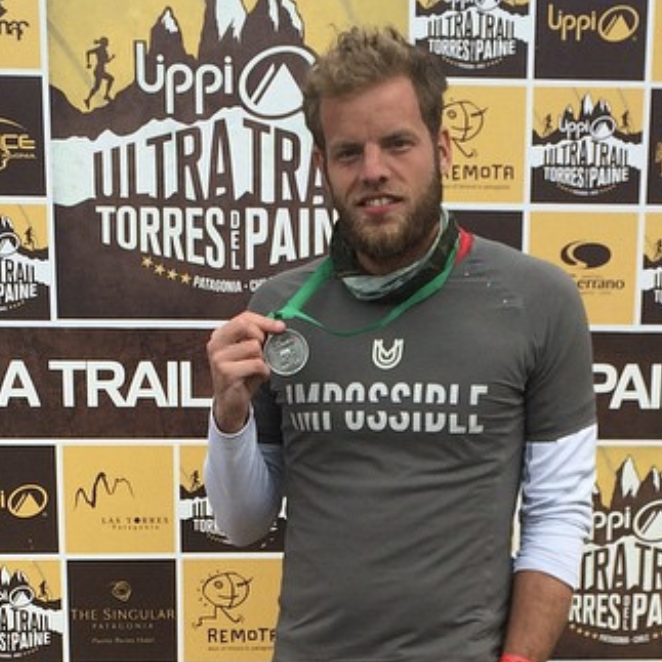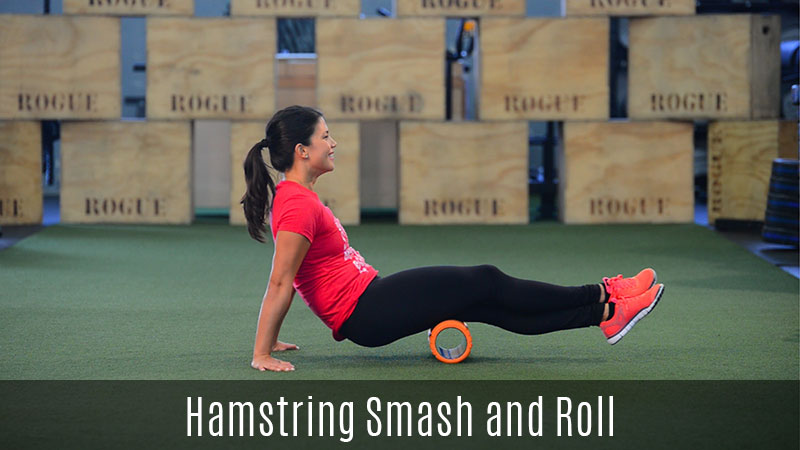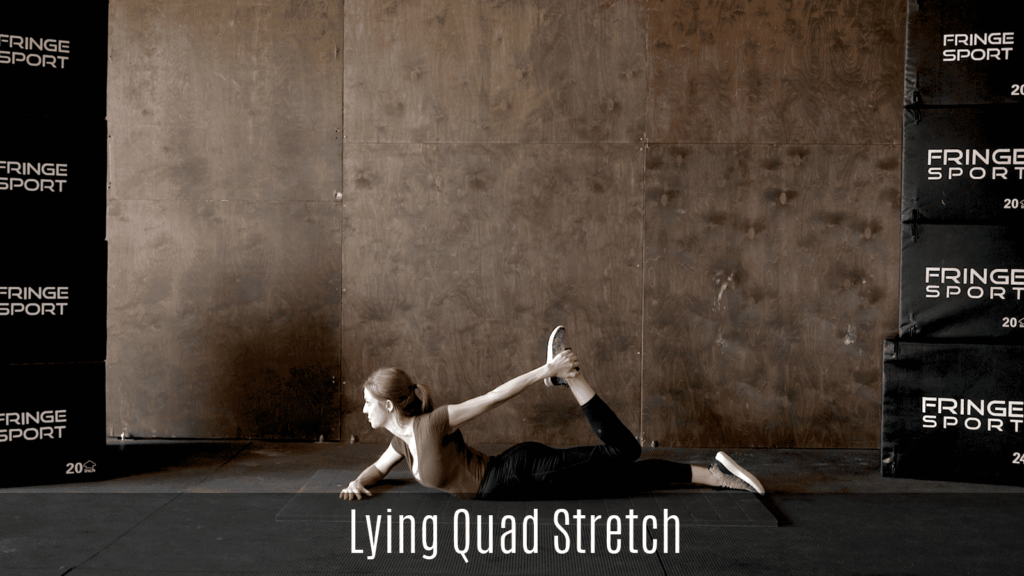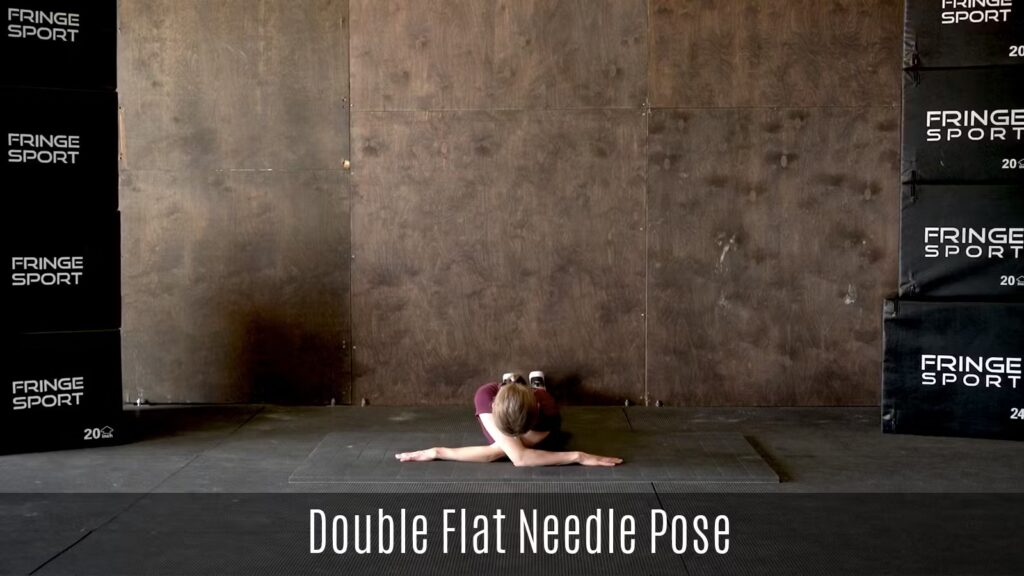This posterior primer is an absolute must for anyone engaging in exercise that recruits the big muscles that make up the posterior chain. But, you might be asking yourself, what exactly is the posterior chain. Let’s explain this a bit.
Most simply put, the posterior chain is composed of all of the muscles that are located on the back (or posterior) of the body. Every muscle from the top of your head all the way down to your heels would be considered muscles that make up your posterior chain. The big movers in the posterior chain are the glute muscles, the hamstring muscles, the muscles that surround the spine, and the calf muscles. This could also include the trapezius muscles, the lat muscles, and the rhomboids.
Because the posterior chain is made up of some of the biggest muscle groups in the body, athletes and gym-goers alike spend a lot of time trying to strengthen these muscle groups with specific exercises. Because so much time is spent trying to grow the gains in the posterior chain, it is important to ensure that the muscles are properly primed before lifting those heavy weights. This is where our posterior primer comes into play. This movement requires nothing but your own body weight and can be an effective way to make sure that the muscles in your posterior chain are warmed, engaged, and ready to work.
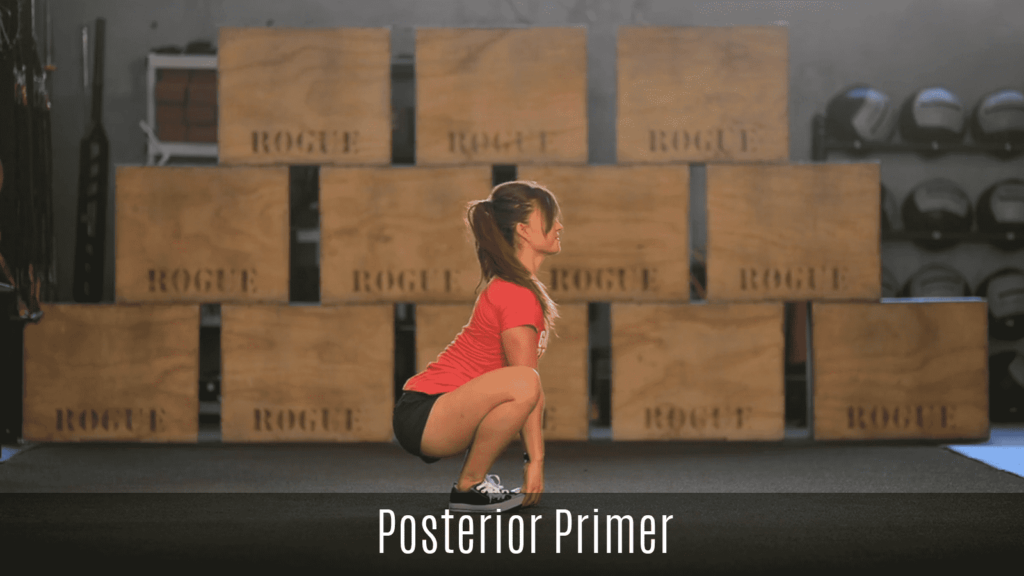
What is the Posterior Primer?
The posterior primer is a simple move, but that does not mean that it is not incredibly effective. Sometimes also referred to as Bootstrappers or even Russian Baby Makers, this is a movement that utilizes your own body weight and your complete range of motion.
This is a step-by-step guide to completing the posterior primer. First things first, start in a squat position. In this position your feet should be shoulder-width apart with your feet pressed flat against the ground. The knees should be pushing out (rather than collapsing inwards). Bring your arms on the inside of your legs and grab hold of your toes with your hands.
From this position, extend up into a forward fold position, sending your hips up in the air, straightening your legs, and stretching out your hamstrings. If you cannot straighten your legs all the way, please work to your own range of motion. When you find that position, then lift your head, keeping a slight bend in your knees and flattening out your back. This will help elongate the spine. From there, come back to the starting position. Tuck your chin back in, bend your knees, and sit back down into the starting squat position. Lastly, look forward. This is one rep. Complete as many as you deem necessary for a proper primer for your workout. We recommend at least doing ten repetitions.
The Benefits of the Posterior Primer
The benefits of having a strong posterior chain are undeniable. These benefits include performing better in physical activity, preventing injuries, and developing your physique. A healthy posterior chain will also allow you to hold a better posture and have more flexibility, endurance, and muscle development. Seriously, if you are not regularly training the muscles in your posterior chain with a well-developed training regimen, you are missing out on some serious gains.
This is why properly priming the posterior chain with this specific posterior primer is essential to your routine. Not only will this primer help you warm up all of those big muscle groups in the chain, but it will also help you increase your range of motion, flexibility, and mobility. The dynamicness of this warm up movement will benefit you if your workout has movements like squats or deadlifts. The posterior primer should be your go-to movement to incorporate into your routine to target the hamstrings, glutes, and calves. And because it only requires your body weight, there’s really no excuse not to do this one.
Posterior Primer Modifications
To complete this movement, you should be able to properly do an air squat. Please refer to this guide on the air squat to ensure you have a proper understanding of the fundamentals of this movement. If you have trouble with air squatting with great form, this is where your focus should be before incorporating the entire posterior primer movement.
Some people may struggle with keeping their entire foot flat on the floor. It is common to see people come up onto their toes if they are struggling with limited mobility in the hips, knees, or ankles. If this is the case, one way to modify the air squat portion of this movement is to elevate the heels. You can slide a small weight plate under the heels to help with this issue.
If you struggle with this movement, it may be best to film yourself to see where the movement is going wrong. Sometimes, it is difficult for ourselves to determine our limitations without seeing it ourselves.
Of course, if there is ever a point where pain occurs while performing this movement, please stop immediately and consult your doctor to determine if this movement is one you should incorporate.
Start in a squat position and grab hold of your toes with your hands.
Extend up into a forward fold position, straightening your legs and stretching out your hamstrings.
Then lift your head, keeping a slight bend in your knees and flatten out your back, elongating the spine.
From there, sit back down into the starting squat position and look forward.
